We are all witnessing the decline in the high street. This isn’t more clear to see than in Rugby, where our digital agency is located. Other than some fantastic independent businesses on Regent Street and Albert Street (and roads linking); the high street and shopping centre (in the most part) just don’t offer enough currently to justify paying for parking or visits. Rugby town has become saturated by coffee shops and bargain basement shops over the last few years. Big chains are moving their operations to retail parks, leaving many commercial units available to let within the town centre. It’s evident that Rugby can benefit from more unique, boutique or artisan type shops and market stalls to drive investment. Even activity orientated experiences which Yum Yum World offer. It’s clear enough to see that the current shopping experience is limited, and doesn’t offer much in the way of variety.
Covid-19 has further amplified an already growing concern around the death of our high streets, not just in Rugby but nationwide.
In terms of growth specific to Rugby, there has been rapid development over the past 20 years. In fact, it is estimated that the population of Rugby will rocket by nearly 20 per cent in 2037 – from 100,000 to 120,000 – more than any borough in the county. This growth comes as no surprise, as the town is perfectly situated at the heart of the country, surrounded by a great motorway network and 50 mins by rail to Euston station in London. This makes the town ideally situated to see our London-based clients.
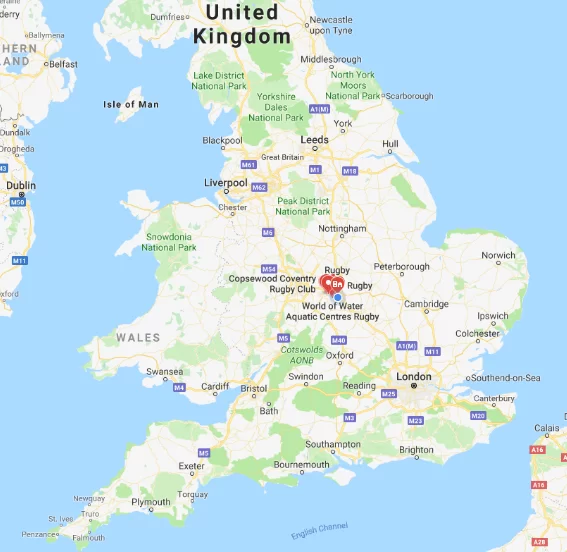
So why isn’t Rugby high street, or others in the country growing in tow with population? Why aren’t more independants letting spaces? As already touched upon, the more stablished outlets (Boots, TK Maxx etc) are situating themselves on retail parks such as Elliott’s Field, which offer free parking and easy accessibility. In addition, the less-established independent businesses are (by-and-large) not working hard enough to understand market forces, the retail landscape or the environments they operate within.
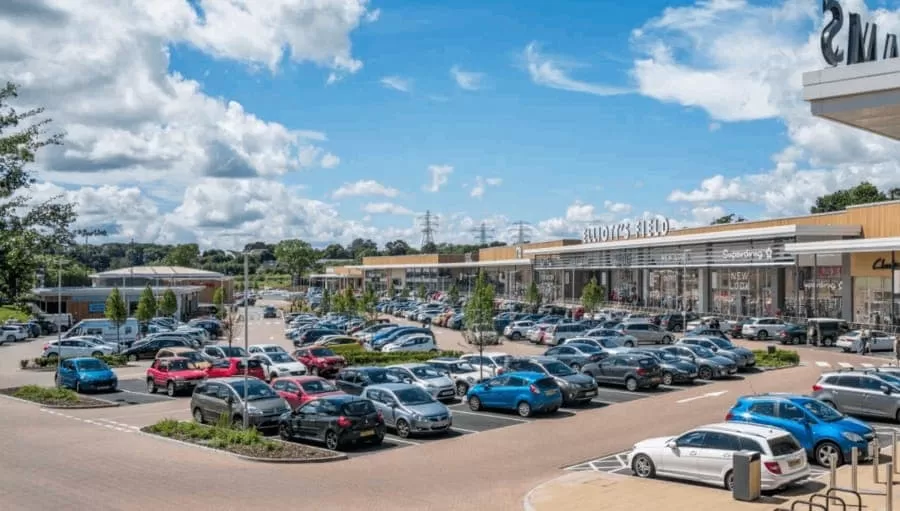
*The newly rejuvenated – Elliott’s Field Shopping Park in Rugby.
Having grown up myself in Rugby, I had my first bicycle from Thorntons Cycle Centre and also purchased a number of times from Jotto Toy Store. Both of these independents were hugely successful over many decades, so why have they recently been pressured into closing their doors?
We don’t really have to look much further than examples of their websites:
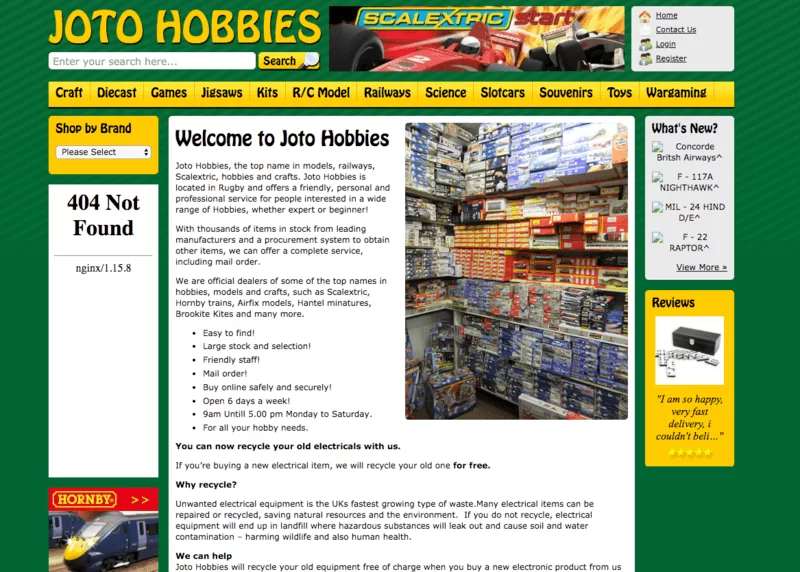
Not responsive for mobile devices, dated user interface, and no clear call-to- action, unclear as to whether you can purchase through the website – where is the basket? Baskets usually appear top right of e-commerce stores to indicate immediately to users that this is a shop.

I don’t know where to start with this website. The visual appearance is more akin to that of a dated blog.
Unfortunately, independent businesses can no longer rely and depend solely upon their established local reputation. This simply isn’t enough in the age of e-commerce and stiff online competition. Maybe both Jotto and Thorntons should have learned from the failings of the likes of Woolworths in failing to offer a recognised online proposition a number of years ago now.
With Jotto and Thorntons both having recently closed, this should act as a stark warning to other smaller, independent businesses that your business simply cannot survive without an effective online presence to support in-store sales.
If shoppers are going to make an effort to venture to the high street, the high street needs to offer something experiential, or of value that is either more competitive than prices available on the web, or tailored-to-fit. Otherwise, why would customers not save themselves time and effort by shopping online for convenience at the click of a button? We live in a world of super fast fibre WiFi and instant connectivity via our mobiles, customers are only likely to visit your store if it offers something difficult to replicate online. I’ve tried and failed to get discounts in-store for like-for-like products available online, either for cheaper by typing in a code from a voucher code site, or where I am rewarded through cashback sites such as Quidco or TopCashback.
Experience is key for high street stores to get in place. I recall walking most weekends as a teenager to the town centre to visit music stores such as Fopp. Why? iTunes and online Streaming Services such as Spotify did not exist at the time, and I was looking for something experiential; to sample the songs through the headphones available in-store. Nowadays of course, the likes of Fopp, HMV and other stores are being frozen out by online forces.
As a cycle store, Thorntons cycles may perhaps still be operating, if they had only improved their digital acumen. Arguably, Thornton’s had even more of a chance of survival than Jotto due to being a cycle shop; and more experiential.
Customers can often be left uncertain around the correct frame size for themselves when shopping online, especially if they haven’t purchased a bicycle for a while. This leaves a chance that the user will need to visit in-store to try the bike out, perhaps even to trial use of the bike for a day or so.
Expertise can also be challenging to replicate online, but with a lack of online presence, how could Thornton’s boast this to new customers if they simply didn’t have any online presence?
A simple SWOT analysis could have gone a long way, so did Thorntons not look at the strengths, weaknesses, opportunities and threats associated with their brand? Let’s look at this speculatively, as I have no relationship with the business other than being a former customer:
Strengths
Weaknesses
Opportunities
Now, none having closed; however these could have been:
Threats
How could an independent cycle shop look? Let’s look at Lutterworth Cycle Centre, 20 mins drive from Thornton’s Cycle Centre:
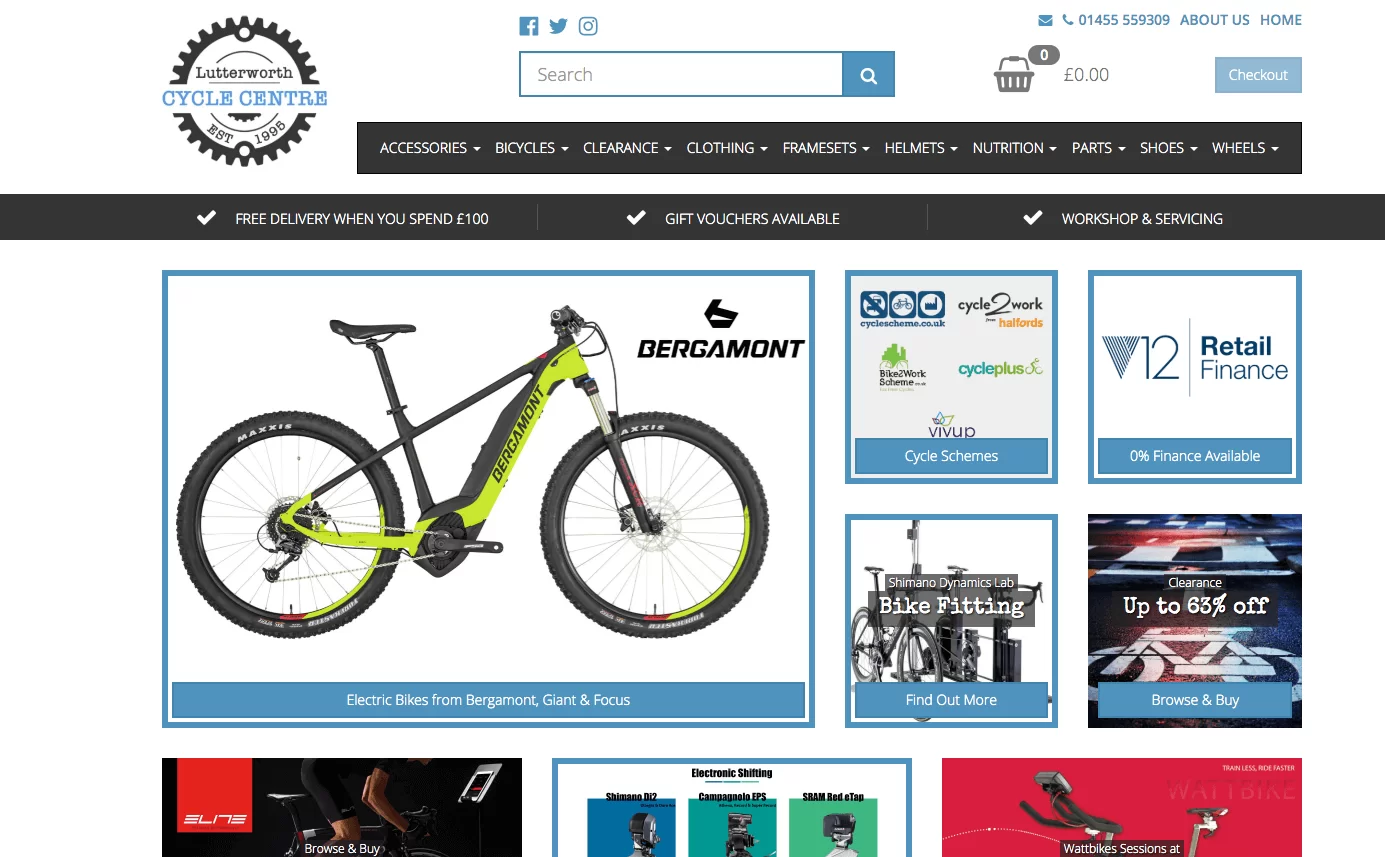
Clean design, product images clearly visible above the fold, clear signage to purchase on the website – basket at the top right of the website.
Paddox Cycles in Hillmorton have been operating for approx. 5 years, with their website https://www.paddoxcycles.co.uk/ complementing their store, and encouraging enquiries > visits. It may not be an ecommerce store, allowing online transactions; however the crisp, clean imagery definitely works hard to support footfall from the local, surrounding areas.
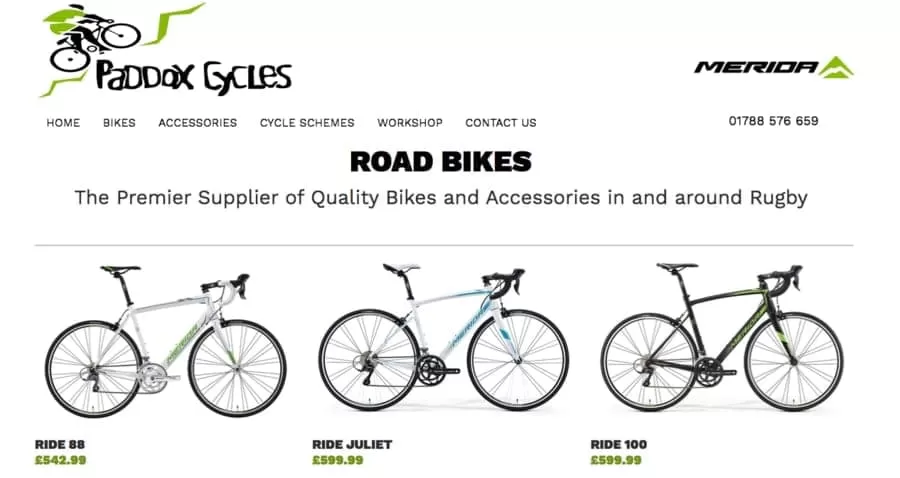
Beyond having a nice-looking, responsive website; there needs to be an ongoing drive to market your business online, not only to establish your own presence, but to have an impact on your market competition.
Let’s look at the initial 8 step process which your business may wish to consider beyond the initial website development and design.
Step 1 – Tracking of all calls-to-action on your website for reporting purposes and to track business performance/intelligence
Step 2 – List your business on Google My Business (Places) – for local SEO
Step 3 – Local SCHEMA markup
Step 4 – Social media setup and driving content and live awareness
Step 5 – Social Advertising
Step 6 – Google Ads (PPC) – it’s achievable to achieve 1st page visibility on Google
Step 7 – Remarketing ads – through Social and Google Ads. Encourage visitors of your site back to convert
Step 8 -Digital PR/Outreach – driving content and awareness of your brand in relevant areas and local press
If you are looking for footfall in your store, a website can work to support this. Maybe Thorntons Bicycles could have looked towards the following:
According to research by Clutch in 2018, less than two-thirds (64%) of small businesses had a website at all. Out of those businesses that do have a website, how many have one which is responsive, well-optimised and marketed effectively?
Today’s generation of small to medium-sized enterprises need to be up-to-speed with the digital landscape, but ready to act on creating attractive online propositions that drive sales in-store; supported by online sales. It’s 2020, so physical stores can ill-afford to not pay attention to online market forces impacting their own businesses. If local competition with strong digital presences aren’t enough to impact, there’s also Amazon taking market share away from your business. Having an ecommerce store, or a digital presence to attract more visits to your store is only going to support bottom line revenue and costly commercial rents for your store. Without an online presence, word of mouth and the hope of enough walk-ins may not be enough to future-proof the success of your business.
Want to discover more about how ADAO can support your business? Contact our team today.